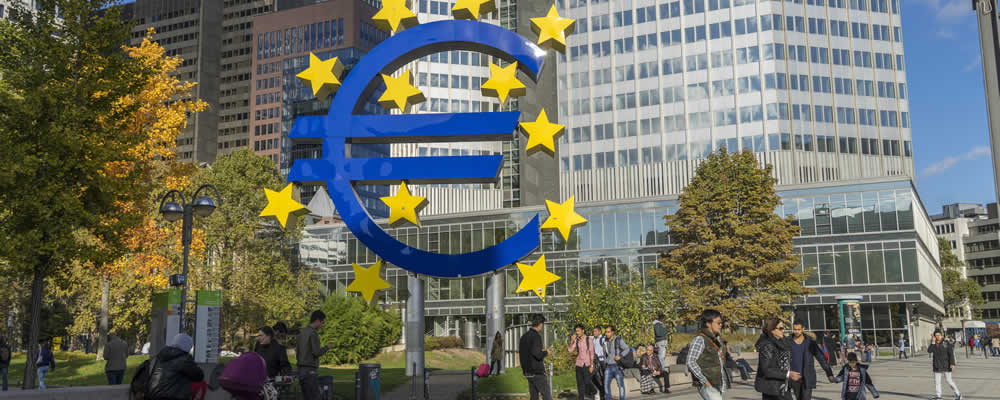- EUR AUD Plummets Following Claims – French presidential candidate calls for reforms.
- Australian Dollar Lifted by Iron Ore Prices – Commodity prices continue to rise as risk appetite grows.
- German GDP Expectations Ahead – Slight rise in 2017 GDP forecast may bolster Euro.
The Euro Australian Dollar (EUR AUD) exchange rate plummeted yesterday following bold claims from French presidential candidate Emmanuel Macron on the future of the Euro.
Predicted Demise of Single Currency Weighs on Euro Australian Dollar (EUR AUD)
The Euro plummeted on Tuesday as Emmanuel Macron claimed that the currency union could fail within 10 years if reforms are not brought in to save it.
Macron was the former economy minister under Socialist President François Hollande and is currently running for the French Presidency as an independent. When speaking at a university in Berlin he said;
‘The truth is that we must collectively recognise that the Euro is incomplete and cannot last without major reforms. It has not provided Europe with full international sovereignty against the Dollar on its rules. It has not provided Europe with a natural convergence between the different member states.’
He also made allegations that the current situation directly benefitted Germany as he said that ‘the dysfunctioning of the Euro is of good use to Germany, I have to say,’ adding that ‘the Euro is a weak Deutsche Mark’.
Macron proposes that a new Eurozone budget be created to further help states of the union that are struggling, however this is unlikely to prove be popular in Germany where the government faces growing criticism over bailouts to Greece, especially in the run up to elections later this year.
Australian Dollar (AUD) Strengthened by Rising Commodity Prices
The Australian Dollar continued exerting pressure to the Euro on Wednesday morning as commodity prices were driven up by another explosive day of trading in Chinese commodity futures.
Prices for Australia’s largest export, iron ore, surged 3.2% in overnight trading causing prices to breach $80 a tonne for the first time in 2017.
Demand for raw materials appear to have received a slight boost from the rise in steel prices following the announcement of further production cuts in China, as analysts at The Steel Index explained;
‘Chinese authorities at a CISA conference held in Beijing reaffirmed their intent to shut down illegal furnaces and trim the country’s excess steel capacity, lending a fillip to steel prices which has been further boosted by winter restocking ahead of Chinese New Year.’
However, in the long run this will likely led to a fall in prices as they naturally decline as production is curbed and demand for the raw materials to produce steel is weakened.
EUR AUD Exchange Rate Forecast: German GDP Expectations May Bolster Euro
The EUR AUD exchange rate may rally on Thursday following the release of Germany’s GDP estimate for 2017, which analysts expect to be revised up from 1.7% to 1.8%.
The Euro may be lifted further by Germany’s Industrial Production figures, which are expected to report that production accelerated from 0.6% to 1.5% in November.
Meanwhile, the Australian Dollar may appreciate on Friday as China’s latest trade balance figures are expected to show that China’s trade surplus grew $44.61bn to $46.5bn in December, likely providing a boost to Australian exports, of which over 30% go to China.
Current Interbank Exchange Rates
At the time of writing the EUR/AUD exchange rate was trending around 1.42 and the AUD/EUR exchange rate was trending around 0.70.



